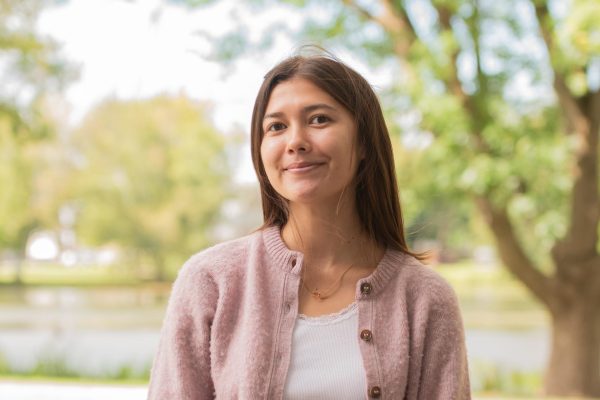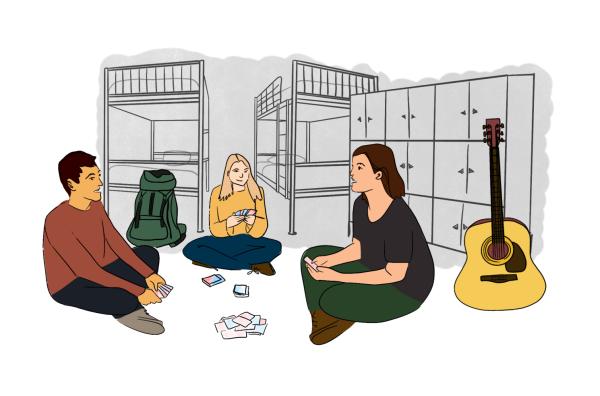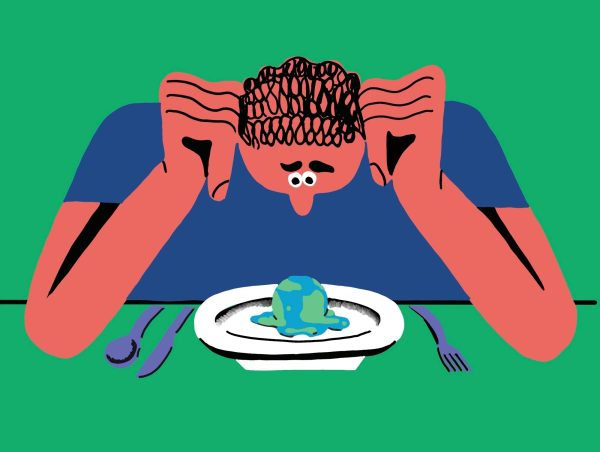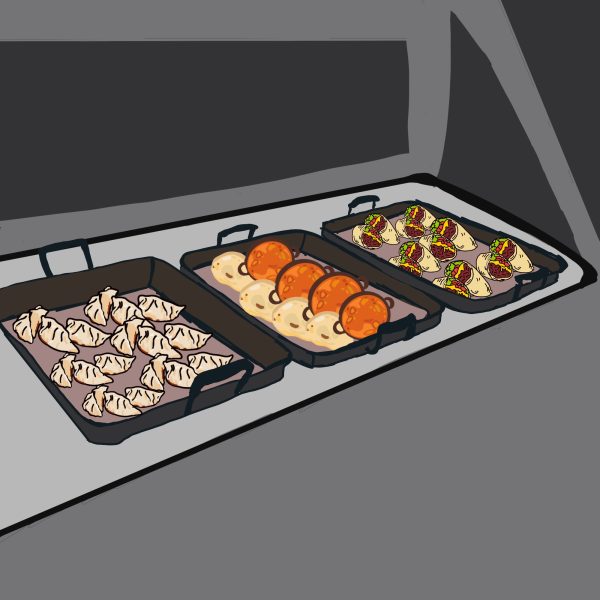The Case for a Colgate Cafe
For many sleep-deprived college students, the first sip of caffeine is an essential part of any morning routine. The National Library of Medicine reported in 2019 that “caffeine, in any form, was consumed by 92% of students.” The demand for caffeine is clearly well-founded, yet Colgate still fails to offer an adequate option for how numerous students maintain their energy and focus throughout the day.
Students may currently choose from coffee stations at the O’Connor Campus Center (Coop), Frank Dining Hall and the Chobani Cafe. Additionally, FoJo Beans hosts a pop-up stand in the Coop a few times throughout the week. While on the surface this may seem like enough choices, in practice, the variety and reliability produced from these options is scant, as well as questionable in quality.
I believe that a specialized place for caffeinated drinks is necessary to improve the taste and range of beverages Colgate serves. At each of the present options providing caffeine on a daily basis, coffee and its alternatives are not the location’s focus. Each dining location centers too heavily on maintaining a full food menu along with drink options, leaving a hole in the times when students need a drink or light snack as opposed to a full meal. A dedicated cafe that only produces drinks and various pastries can help fill this void.
A growing number of students, including myself, who rely on caffeine but hate the taste of coffee, have turned to alternatives like becoming unofficial baristas through making lattes in our dorm rooms or buying energy drinks at stores nearby. The downside of both of these options, though, is that it relies on students investing their own money into a problem that Colgate undoubtedly has the resources to fix.
After visiting friends at other universities, I have seen different forms of cafes that I think could be successfully adopted by our school. At Georgetown University, for example, there are student-run cafes conveniently located in study spaces that focus on offering an array of caffeinated drinks and light snacks, such as muffins and bagels. I understand that having multiple student-run cafes is likely unattainable due to Colgate’s smaller student population, but I think having one is feasible and could provide many benefits.
Having a student-run cafe not only gives students a place to refuel and provides student jobs, but it also serves as a hub for student life. Georgetown’s cafes contain posters advertising upcoming events and student groups along with fun signs like assigning personality traits to various coffee orders.
Some spots also have couches for students to sit and do work on or socialize, providing a more relaxed study area that I’ve also found is needed at Colgate. In addition, having a student-led dining space can lead to food and drink options that more appropriately reflect the current tastes of students. The matcha latte, for instance, is a drink that has taken the internet by storm and has become beloved by Gen Z as an alternative to coffee but has yet to be adopted by any Colgate dining location.
Another option I’ve seen, this time at Wake Forest University, is an on-campus location for a local cafe. Seeing that Colgate already has weekly pop-ups of FoJo Beans, this could be adapted into a permanent location that gives students the opportunity to order from the cafe without having to walk into town and further diversifies dining choices.
Attending a school as academically demanding as Colgate can be draining. It is only fair that we have a designated site to relax and restore.

Heather Holm is a junior from Westlake Village, CA concentrating in political science. She has previously served as an Assistant Commentary Editor as well...













